ABSTRACT
Cleaning and disinfection of dairy equipment is essential to ensure the hygienic quality of milk. Occasionally, some farmers use washing-up liquids and disinfectants for home use, especially when cleaning procedures are carried out manually. Residues of detergents and disinfectants in milk may interfere with the response of microbial inhibitor tests used for screening antibiotics in milk. Therefore, the aim of this study was to evaluate the interference of non-specific detergents in screening tests (BRT MRL; Delvotest SP-NT MCS; Eclipse 100) for goat's milk. Twelve replicates of eight concentrations of five washing-up liquids (0–1%) and one disinfectant (0–1%) were analysed. The results showed that the presence of washing-up liquids at concentrations of ≥1 ml/l leads to positive results in microbial tests. In particular, the product containing sodium laureth sulphate and ethanol produced the largest number of positive outcomes. The presence of disinfectant based on sodium hypochlorite did not affect the test response. The detection capabilities of microbial inhibitor tests for penicillins were also studied in milk with and without cleaning products, calculating the dose–response curve with eight concentrations of amoxicillin, ampicillin, benzylpenicillin and cloxacillin, respectively. The detection limits of the screening tests for penicillins were not modified substantially by the cleaning product based on sodium laureth sulphate and ethanol. Residues of cleaning agents in milk can be avoided when specific detergents and disinfectants for milking equipment are used and good cleaning practices are applied.
1. Introduction
European Regulation (EC) No 853/2004 stipulates that food business operators are obliged to ensure that raw milk is not supplied to the market if it contains antibiotic residues above maximum residue limits (MRLs) established by Commission Regulation (EU) No 37/2010.
In control laboratories, the screening of antibiotic residues in milk is mainly carried out using microbial inhibitor tests, which are inexpensive, easy to use, do not require special equipment and have a high sample throughput. However, they are non-specific for antimicrobial agents and may be affected by certain substances in raw milk that are able to inhibit the microbial growth (such as colostrum (Romero et al. Citation2014b), naturally occurring inhibitors (Carlsson et al. Citation1989) or antiparasitic agents (Romero et al. Citation2015)), causing non-compliant results.
Studies on the occurrence of false-positive results in goat's milk are very limited. Some authors reported rates of non-compliant results of up to 7% (Zeng et al. Citation1996; Beltrán et al. Citation2015) in goat's milk, which can lead to serious economic consequences for farmers and the dairy industry.
In Europe, goat milk production (2,536,773 tonnes; FAOSTAT Citation2012) is mainly located around the Mediterranean, and plays an important economic, environmental and sociological role, especially in unfavourable landscapes in many countries, such as France, Italy, Spain, and Greece (Dubeuf & Le Jaouen Citation2005). In most of those countries, although intensification of the sector has taken place in recent years, the traditional system (being extensive or semi-intensive) is still widespread, characterized by small-sized farms, traditional technology, the use of local breeds, scarce economic and human resources and farmers with relatively little training (Dubeuf et al. Citation2010).
Goat milk production has traditionally been destined for the manufacturing of artisan cheeses at farm level or in small-scale dairies, often from raw milk, and therefore, high hygienic quality of milk is crucial.
The cleaning and disinfection of the milking parlour and milk storage tanks in farms is an essential aspect of the hygienic raw milk production. After use, all surfaces in contact with milk must be cleaned and, when necessary, disinfected properly to prevent the proliferation of microorganisms that can cause milk contamination (Pontefract Citation1991).
Inaccuracies related to the dosage of the cleaning products and inadequate post-rinsing may leave residues of detergents and disinfectants in milk, which is likely to alter the organoleptic characteristics of milk (Merin et al. Citation1985), pose toxicity in consumers (Reybroeck Citation1997), interfere with the activity of starter cultures (Vallado & Sandine Citation1994), and cause non-compliant results in microbial screening tests (Romero et al. Citation2014a).
In small-sized goat farms and dairies, automated cleaning processes are hardly found (Reinemann et al. Citation2003) and many cleaning processes are carried out manually. Moreover, in some cases at farm level or in small units, non-specific products such as washing-up liquids and disinfectants for home use are used, especially for cleaning of milk storage tanks.
Therefore, the aim of this study was to analyse the effect of non-specific detergents on the response of microbial inhibitor tests used for screening antibiotics in goat's milk.
2. Material and methods
2.1. Goat milk samples
Antimicrobial-free milk samples obtained from mixed milk of 20 Murciano-Granadina goats in mid-lactation (Universitat Politècnica de València, Spain) were used according to ISO/IDF (Citation2003) criteria. Animals had a good health status and did not receive any veterinary drugs during the entire lactation period. The milk samples were analysed using MilkoScan 6000 (Foss, Hillerød, Denmark) to determine their composition (fat, protein and total solids); somatic cell count was obtained by Fossomatic 5000 (Foss); bacterial count was carried out with Bactoscan FC (Foss); the pH value was measured by a conventional pH meter (Crison, Barcelona, Spain).
2.2. Microbial inhibitor tests
The microbial inhibitor tests (BRT MRL (Analytik in Milch Produktions-und Vertriebs-GmbH, Munich, Germany), Delvotest SP-NT MCS (DSM Food Specialties, Delft, the Netherlands) and Eclipse 100 (ZEULAB S.L., Zaragoza, Spain)) were used according to the manufacturers' instructions. Negative (antimicrobial-free milk) and positive (antimicrobial-free milk spiked with 4 μg/kg of benzylpenicillin) controls were included in each test. The results were interpreted by three trained technicians visually as ‘negative’ (yellow) and ‘positive’ (blue or purple).
2.3. Spiked milk samples with non-specific detergents
Five domestic washing-up liquids and one disinfectant were used: anionic tensioactive 5–15%–amphoteric tensioactive <5%) (Carrefour; produced and bottled by McBride S.A., Barcelona, Spain for Carrefour supermarkets), sodium laureth sulphate 5–10%–benzenesulphonic acid 5–10% (Coral; Reckitt Benckiser, S.L., Barcelona, Spain), sodium laureth sulphate 20–30%–ethanol 1–5% (Fairy; Procter & Gamble S.A., Madrid, Spain), ethoxylated fatty alcohol 5–10% (Mistol; Henkel Ibérica S.A., Barcelona, Spain), sodium hydroxide <1% (Tenaz; Industrias Vijusa S.L., Valencia, Spain) and sodium hypochlorite <5% (Alin bleach; Elaboraciones Químicas del Sur S.A., Málaga, Spain).
To evaluate the effect of the detergents and disinfectant on the rate of false-positive results, antimicrobial-free goat milk samples were spiked with eight different detergent concentrations (0, 0.5, 1, 2, 4, 6, 8, 10 ml/l) and tested 12 times each.
To assess the effect of home-use cleaning products on the detection capability of microbial screening tests for penicillins, the detection limits (DLs) were calculated according to ISO/IDF (Citation2003). To this end, negative milk without and with the washing-up liquid based on sodium laureth sulphate and ethanol (Fairy) at a concentration of 0.5 ml/l was used. Amoxicillin (31586), ampicillin (A-9518), cloxacillin (C-9393) and benzylpenicillin (PENNA) were supplied by Sigma-Aldrich (Madrid, Spain). All the antibiotic standard solutions were prepared daily, and milk samples were spiked with antibiotics at different concentrations (n = 8). Twelve replicates of spiked milk samples were analysed within four hours after spiking.
2.4. Statistical analysis
To evaluate the effect of the presence of the non-specific detergents on the microbial test response, a logistic regression model was applied (Equation (1)):
(1) where Lijk is the Logit model; [Pij], the probability for the positive response; β0, the intercept; β1, β2 are the parameters estimated for the model; [AC]i, the effect of antibiotic concentration (n = 8); [D]j, the effect of detergent on the dummy variable (milk without detergent: D = 0 and with detergent D = 1); εijk , residual error of model.
From the regression equations obtained, DLs for penicillins were calculated as the antibiotic concentration giving 95% of positive results (ISO/IDF Citation2003). Statistical analysis was performed using Statgraphics Centurion XVI 5.1 (Statpoint Technologies, Inc., Warrenton, VA).
3. Results and discussion
The results obtained for non-specific detergents and disinfectant in goat's milk vary according to the type of product and the microbial inhibitor test employed (). It was observed that the Eclipse 100 test was less sensitive to the presence of washing-up liquids compared to the BRT MRL and Delvotest SP-NT MCS tests.
Table 1. Effect of non-specific detergents in goat's milk on the results of microbial inhibitor tests.
The detergent containing sodium laureth sulphate and ethanol (Fairy) had a greater effect on all microbial tests considered, even at a relatively low concentration (1 ml/l). The positive results obtained can be explained by its composition, including ethanol, having an antimicrobial activity (Oh & Marshall Citation1993), which may inhibit the growth of the test microorganism (Geobacillus stearothermophilus var. calidolactis). Moreover, it was the only detergent that increased the pH of the milk samples, reaching values of 6.96 at the highest concentration tested (10 ml/l) being able to affect the response of the tests. These values are higher than the average pH cited for the Murciano-Granadina breed (6.72 ± 0.1; López et al. Citation1999). With respect to disinfectant agents, any tested concentration of sodium hypochlorite (Alin bleach) altered the microbial test response. All the results were classified as negative. Neither did Merin et al. (Citation1985) indicate positive results in the Delvotest using milk from cows spiked with sodium hypochlorite at a high concentration (25 mg/l).
When cleaning and disinfection procedures recommended by manufactures are followed, and milk equipment is rinsed effectively, detergent and disinfectant residues in milk are found to be usually below 2 mg/kg (Reybroeck Citation1997). Non-specific products for home use are not indicated for dairy equipment, and do not present a recommended dose for use or time for proper rinsing; therefore, they might pose a risk of residues in milk.
The dose–response curves and the logistic regression equations of positive results of the microbial screening tests used are shown in for amoxicillin (A), ampicillin (B), benzylpenicillin (C), and cloxacillin (D) in goat milk. The goodness-of-fit test (χ2 and p-value) shows that the experimental values are similar to those estimated by the logistic model, suggesting a suitable adjustment of this model.
Figure 1. Effect of the washing-up liquid (sodium laureth sulphate and ethanol (0.5 ml/l); Fairy) on the dose–response curves for penicillins on microbial tests (BRT MRL: without detergent 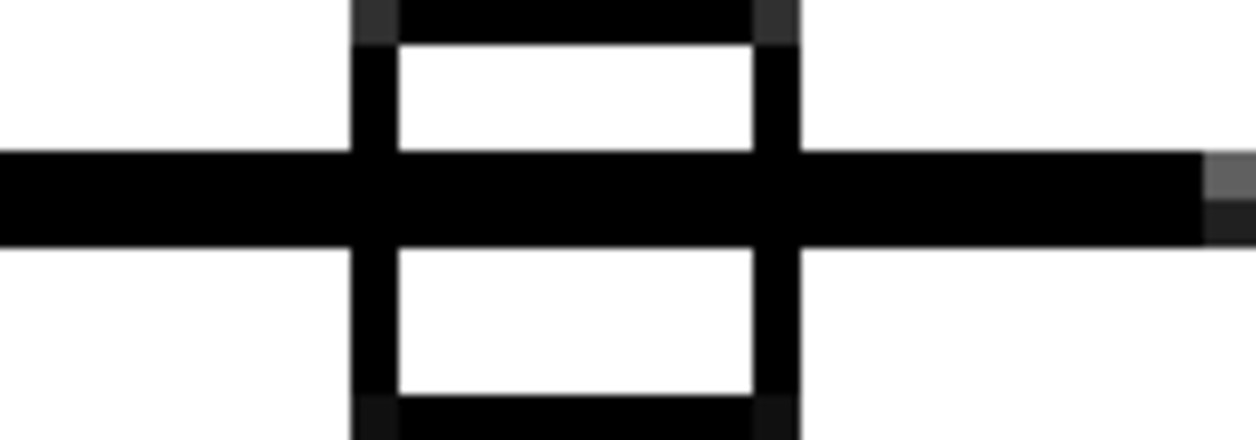
 ; Delvotest SP-NT MCS: without detergent
; Delvotest SP-NT MCS: without detergent 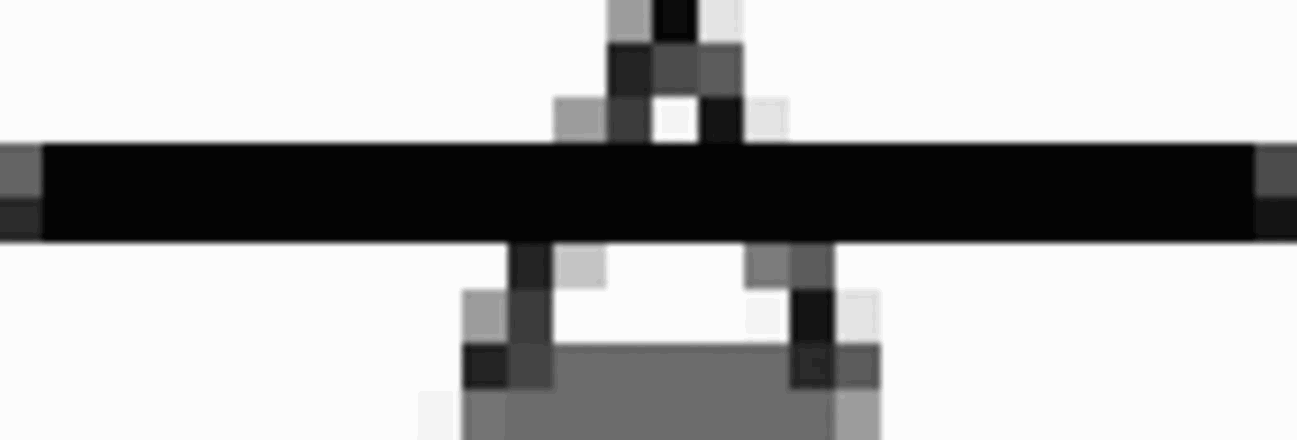 , with detergent
, with detergent 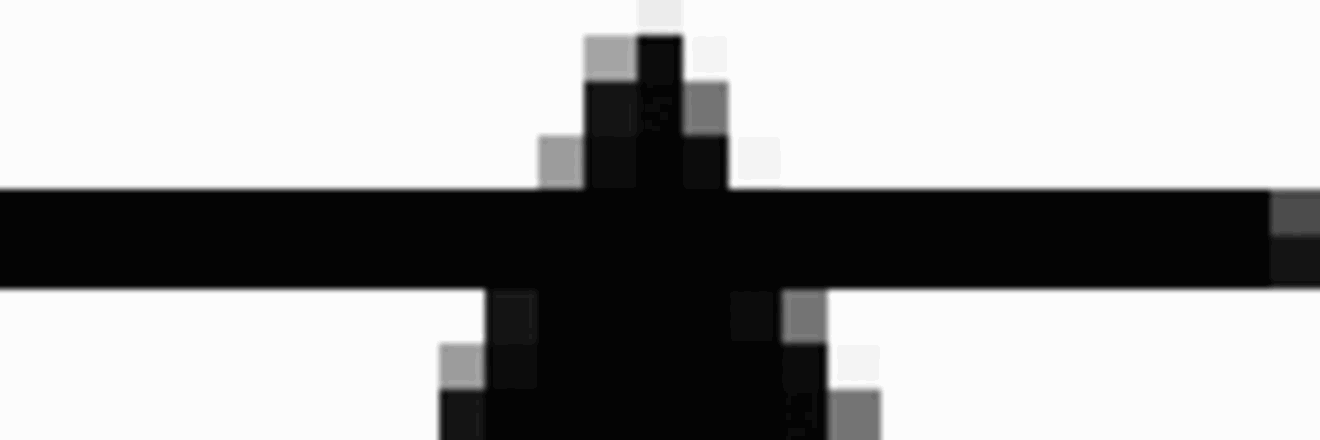 ; Eclipse 100: without detergent
; Eclipse 100: without detergent  , with detergent
, with detergent 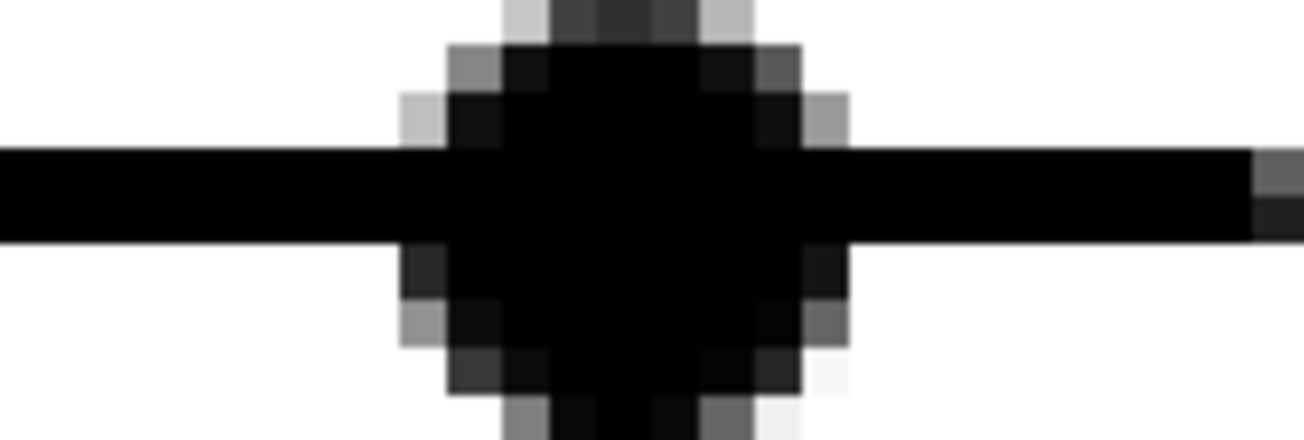 ).
).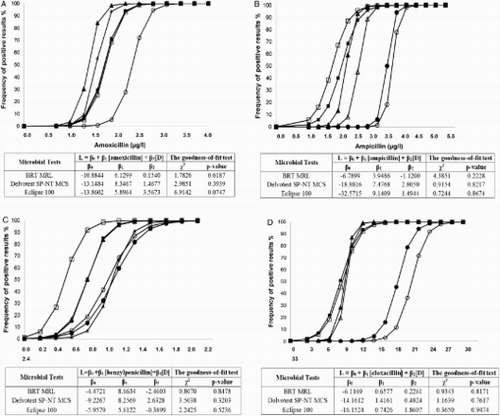
The DLs for penicillins () were below those of the MRLs established by legislation (Commission Regulation (EU) No 37/2010) and also lower than the DLs calculated by Sierra et al. (Citation2009) in goat's milk. This suggests the greater sensitivity of the current versions of these screening tests as a result of the improvements made by manufacturers in recent years.
Table 2. Effect of the presence of non-specific detergent (sodium laureth sulphate and ethanol; Fairy) at a concentration of 0.5 ml/l in goat's milk on the detection capability of microbial inhibitor tests for penicillins.
Although the presence of washing-up liquid at a concentration of 0.5 ml/l in goat's milk had a significant effect on the microbial test sensitivity for penicillins, the detection of these drugs at safe levels was not compromised. Similar results were obtained by Romero et al. (Citation2014a) using specific cleaning products (acid and alkaline detergents) in goat's milk.
4. Conclusions
In conclusion, microbial screening test response can be affected by the presence of non-specific detergents in goat's milk at concentrations of ≥1 ml/l, especially if antimicrobial substances (such as ethanol) are included in their composition. However, concentrations of up to10 ml/l of disinfectants based on sodium hypochlorite (<5%) do not seem to affect test responses.
Given the great detection capability of microbial inhibitor tests for penicillins, the presence of non-specific detergents for home use based on sodium laureth sulphate and ethanol (0.5 ml/l) does not compromise their detection in goat's milk at safe levels. To ensure the quality and safety of milk, it is necessary that good cleaning and disinfectant practices are applied. Thus, avoiding the presence of residues in milking equipment.
Acknowledgements
The authors are grateful to Analytik in MilchProduktions-und Vertriebs-GmbH (Munich, Germany), DSM Food Specialties (Delft, the Netherlands), ZEULAB S.L. Zaragoza, Spain) for their technological support.
Disclosure statement
No potential conflict of interest was reported by the authors.
References
- Beltrán MC, Berruga MI, Molina A, Althaus RL, Molina MP. 2015. Performance of the current microbial tests for screening antibiotic in sheep and goat Milk. Int Dairy J. 41:13–15. doi: 10.1016/j.idairyj.2014.09.007
- Carlsson A, Björck L, Persson K. 1989. Lactoferrin and lysozyme in milk during acute mastitis and their inhibitory effect in Delvotest P. J Dairy Sci. 72:3166–3175. doi: 10.3168/jds.S0022-0302(89)79475-3
- Commission Regulation (EU) No 37/2010 of 22 December 2009 on pharmacologically active substances and their classification regard Council of 29 April 2004 on the hygiene of foodstuffs. Off J Eur Comm. L15:1–72.
- Dubeuf JP, Le Jaouen JC. 2005. The sheep and goat dairy sectors in the European Union: present situation and stakes for the future. IDF SI 501:1–6. International Dairy Federation, Brussels, Belgium.
- Dubeuf JP, Ruiz-Morales FA, Castel-Genis JM. 2010. Initiatives and projects to promote the Mediterranean local cheeses and their relations to the development of livestock systems and activities. Small Rumin Res. 93:67–75. doi: 10.1016/j.smallrumres.2010.03.001
- FAOSTAT. 2012. Food and Agriculture Organization of the United Nations [cited 21 May 2013]. Available from: http://faostat.fao.org.
- ISO/IDF. 2003. Milk and milk products – guidelines for a standardized description of microbial inhibitor tests. IDF Standard No 183:2003. Brussels, Belgium: International Dairy Federation.
- López MB, Jordan MJ, Granados MV, Fernández JC, Castillo M, Laencina J. 1999. Viscosity changes during rennet coagulation of Murciano-Granadina goat milk. Int J Dairy Technol. 52:102–106. doi: 10.1111/j.1471-0307.1999.tb02081.x
- Merin U, Rosenthal I, Bernstein S, Popel G. 1985. The effect of residues of detergents and detergents-sanitizers on the performance of antibiotic test and the organoleptic quality of milk. Le Lait. 65:163–167. doi: 10.1051/lait:1985649-65011
- Oh DH, Marshall DL. 1993. Antimicrobial activity of ethanol, glycerol monolaurate of lactic acid against Listeria monocytogenes. Int J Food Microbiol. 20:239–246. doi: 10.1016/0168-1605(93)90168-G
- Pontefract RD. 1991. Bacterial adherence: its consequences in food processing. Can I Food Sci Tech J. 24:113–117. doi: 10.1016/S0315-5463(91)70033-3
- Regulation (EC) No 853/2004 of the European Parliament and of the Council of 29 April 2004 laying down specific hygiene rules for on the hygiene of foodstuffs. Off J Eur Union. L139:55–205.
- Reinemann DJ, Wolters GMVH, Billon P, Lind O, Rasmussen MD. 2003. Review of practices for cleaning and sanitation of milking machines. IDF Bull 381:32–50. Brussels, Belgium: International Dairy Federation.
- Reybroeck W. 1997. Detergents and disinfectants. In: Residues and contaminants in milk and milk products. IDF S.I. 9701. Brussels, Belgium: International Dairy Federation; p. 109–119.
- Romero T, Beltrán MC, Althaus RL, Molina MP. 2014a. Detection of antibiotics in goat's milk: effect of detergents on the response of microbial inhibitor tests. J Dairy Res. 81:372–377. doi: 10.1017/S0022029914000259
- Romero T, Beltrán MC, Althaus RL, Molina MP. 2014b. Effect of the presence of colostrum on microbial screening methods for antibiotic detection in goats’ milk. Small Rumin Res. 121:376–381. doi: 10.1016/j.smallrumres.2014.07.007
- Romero T., Beltrán MC, Reybroeck, W, Molina, MP. 2015. Effect in vitro of antiparasitic drugs on microbial inhibitor tests. J Food Prot. 78:1756–1759. doi: 10.4315/0362-028X.JFP-15-020
- Sierra D, Sánchez A, Contreras A, Luengo C, Corrales JC, de la Fe C, Guirao I, Morales CT, Gonzalo C. 2009. Detection limits of four antimicrobial residue screening test for β-lactams in goat's milk. J Dairy Sci. 92:3585–3591. doi: 10.3168/jds.2008-1981
- Vallado M, Sandine WE. 1994. Quaternary ammonium compound in milk: detection by reverse-phase high performance liquid chromatography and their effect on starter growth. J Dairy Sci. 77:1509–1514. doi: 10.3168/jds.S0022-0302(94)77090-9
- Zeng SS, Escobar EN, Brown-Crowder I. 1996. Evaluation of screening tests for detection of antibiotics in goat milk. Small Rumin Res. 21:155–160. doi: 10.1016/0921-4488(95)00822-5
